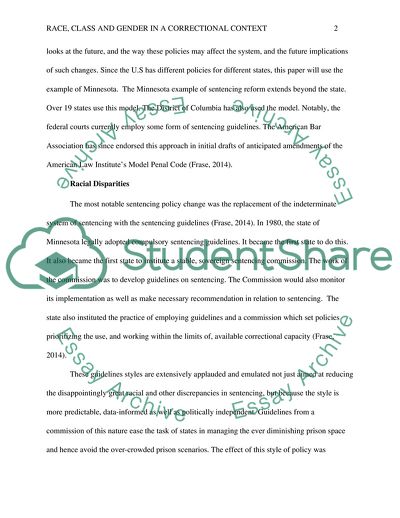Cite this document
(Race Class and Gender in a Correctional Context Essay Example | Topics and Well Written Essays - 1500 words, n.d.)
Race Class and Gender in a Correctional Context Essay Example | Topics and Well Written Essays - 1500 words. https://studentshare.org/social-science/1809863-race-class-and-gender-in-a-correctional-context
Race Class and Gender in a Correctional Context Essay Example | Topics and Well Written Essays - 1500 words. https://studentshare.org/social-science/1809863-race-class-and-gender-in-a-correctional-context
(Race Class and Gender in a Correctional Context Essay Example | Topics and Well Written Essays - 1500 Words)
Race Class and Gender in a Correctional Context Essay Example | Topics and Well Written Essays - 1500 Words. https://studentshare.org/social-science/1809863-race-class-and-gender-in-a-correctional-context.
Race Class and Gender in a Correctional Context Essay Example | Topics and Well Written Essays - 1500 Words. https://studentshare.org/social-science/1809863-race-class-and-gender-in-a-correctional-context.
“Race Class and Gender in a Correctional Context Essay Example | Topics and Well Written Essays - 1500 Words”. https://studentshare.org/social-science/1809863-race-class-and-gender-in-a-correctional-context.


